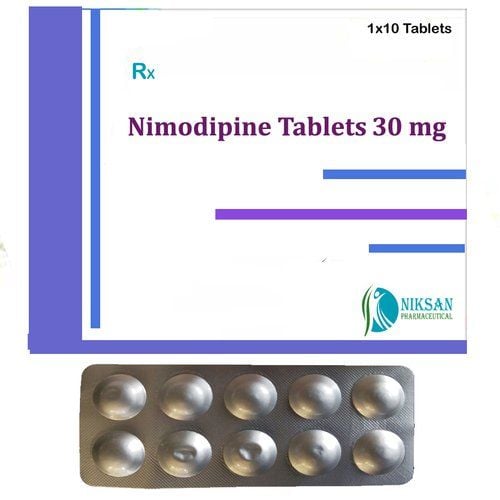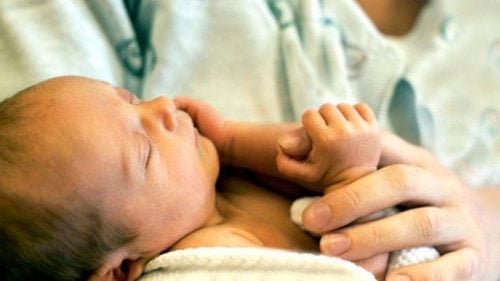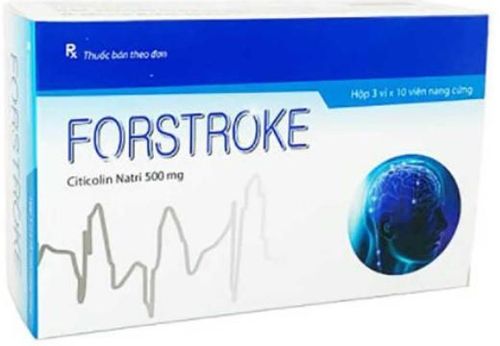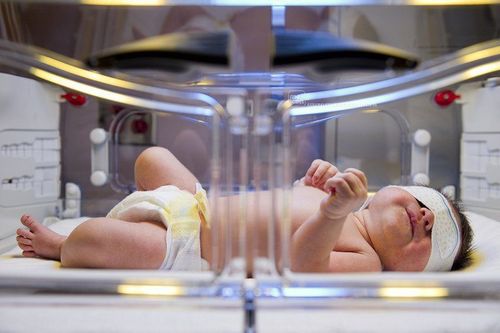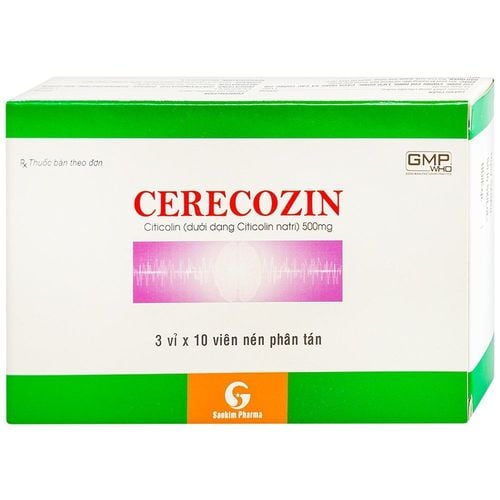This is an automatically translated article.
The article was professionally consulted by Specialist Doctor II Cao Thi Thanh - Pediatrician - Department of Pediatrics - Neonatology - Vinmec Hai Phong International General Hospital.Hypothermia therapy to treat hypoxic, ischemic encephalopathy has been shown to be effective in protecting the brain, reducing the mortality rate - neurological sequelae for infants with asphyxia.
1. Causes of asphyxia in infants
Birth asphyxia is a lack of oxygen that occurs before, during or shortly after birth, and can have many different causes. Asphyxiation leads to lack of oxygen and reduced blood flow to the brain, causing hypoxic encephalopathy. Asphyxiation causes death with a high rate and can leave severe sequelae on mental and motor development.There are many causes of infant asphyxia including:
At birth, the mother had a labor process that was too fast or too long. Abnormal fetal position Prolonged stage of labor The delivery was difficult to intervene with other support. Placenta placenta, posterior hematoma, umbilical cord prolapse or umbilical cord entanglement, and maternal-fetal infection.
2. Complications when babies choke

According to statistics, up to 20-50% of infants die due to lack of oxygen supply and cerebral ischemia. Leaving sequelae in the brain: Children with retardation of motor, intellectual, mental, mental, epilepsy, cerebral palsy...
3. Hypothermia to treat asphyxia in infants
The method of hypothermia in infants is based on the following principle: When cooling the whole body, it will reduce brain metabolism, help restore brain damage: help reduce the number of brain cells damaged by lack of oxygen and prevent hypothermia. ongoing damage due to cerebral edema, which improves the long-term prognosis of the child.3.1 Advantages of neonatal hypothermia In the past, there was no specific treatment for asphyxia infants, mainly supportive measures. The hypoxic damage to organs such as the heart, liver, and kidneys can be restored. However, brain damage is irreversible.
Systemic hypothermia therapy for asphyxiated neonates helps to protect which cells have been shown to be effective in treating asphyxia infants, reducing mortality and sequelae by about 15%. Thereby saving lives and reducing injuries for newborns with asphyxia after birth, reducing the burden on families and society.
3.2 Indications to perform hypothermia treatment in neonates Children who meet all 3 of the following criteria can be applied hypothermia treatment
Gestational age >= 36 weeks and postpartum < 6 hours old APGAR index < 5 at time of 10 minutes or pH<7.0 or BE<-16 of umbilical blood within 60 minutes Degree of brain damage due to moderate to severe ischemic hypoxic encephalopathy and changes in EEG (showing abnormal activity moderate or severe wave motion and signs of convulsions)
3.3 Administer hypothermia therapy in infants
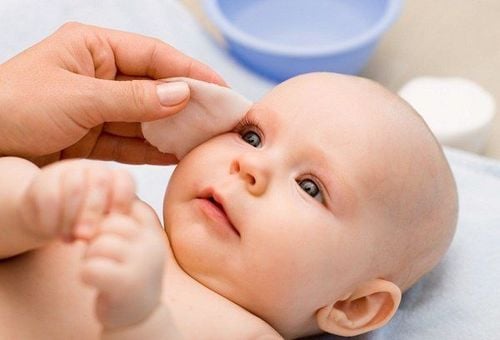
Use total body or head hypothermia. Head cooling and whole body cooling have been shown to be equally effective and safe. Whole body cooling facilitates EEG monitoring. The golden period is within the first 6 hours after birth.
Hypothermia for 72 hours; target temperature 33.5 degrees C-34.5 degrees C.
Supportive treatment measures: Respiratory support, maintenance of cerebral perfusion and organ perfusion to avoid lowering or increasing blood pressure (should maintain blood pressure). average over 35-40 mmHg), control disorders of the body.
After 72 hours, the child will be slowly warmed to return to normal temperature, the child will continue to be monitored until discharge from the hospital.
3.4 Notes after treating infant hypothermia Infants with asphyxia treated for hypothermia should be re-examined every 2 - 3 months to 18 months of age to monitor their combined psychomotor development with physical therapy for good results.
Neonatal hypothermia therapy is a proven effective measure, reducing mortality and malformations for infants with asphyxiation. Therapy is carried out at qualified facilities and the children after treatment are periodically monitored to detect possible sequelae early.
Doctor Thanh has worked for 25 years in the treatment of neonatal pediatric diseases, of which 23 years worked at the neonatal department of Hai Phong Obstetrics and Gynecology Hospital (with experience in neonatal resuscitation in the operating room/room). giving birth + taking care of late premature babies (34 weeks - 37 weeks), 02 years working at Hai Phong Children's Hospital Requesting Clinic.Dr. Thanh is currently working in Pediatrics - Neonatology Department of International General Hospital Vinmec Hai Phong
Please dial HOTLINE for more information or register for an appointment HERE. Download MyVinmec app to make appointments faster and to manage your bookings easily.






